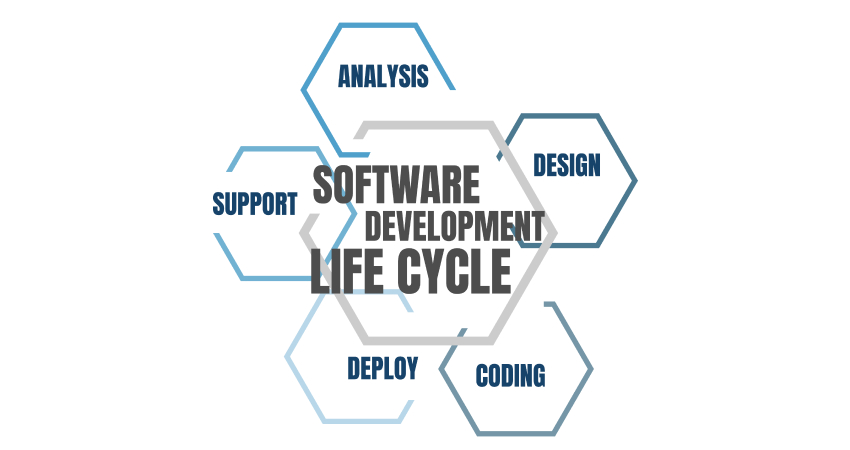Introduction:
The Software Development Life Cycle (SDLC) is a systematic approach to developing software applications. It provides a structured framework for software development teams to plan, design, build, test, deploy, and maintain software products. In this article, we will delve into the various phases of the SDLC, discussing their importance, key activities, and best practices. Understanding the software development life cycle is crucial for organizations and development teams to ensure successful software projects, efficient resource allocation, and high-quality deliverables.
Requirements Gathering and Analysis:
The first phase of the SDLC is requirements gathering and analysis. This involves understanding and documenting the needs and expectations of the stakeholders. We will explore the techniques used to gather requirements, such as interviews, workshops, and surveys. Additionally, we will discuss the importance of requirements analysis, including feasibility assessments, creating user stories, and establishing project scope.
System Design:
The system design phase focuses on creating a blueprint for the software solution. We will discuss the different aspects of system design, including architectural design, database design, and user interface design. This phase also involves creating technical specifications, selecting appropriate technologies, and defining the overall system structure. We will explore best practices for system design, emphasizing modularity, scalability, and maintainability.
Implementation and Coding:
The implementation phase involves translating the system design into code. We will discuss programming languages, coding standards, and version control practices. This phase also includes unit testing, code reviews, and continuous integration to ensure code quality and maintainability. We will explore agile development methodologies, such as Scrum and Kanban, and their impact on the implementation phase.
Testing and Quality Assurance:
The testing and quality assurance phase is crucial for ensuring the reliability and functionality of the software. We will discuss different types of testing, including unit testing, integration testing, system testing, and user acceptance testing. This phase also involves bug tracking, defect management, and test automation. We will explore the importance of quality assurance processes and techniques, including code reviews, static analysis, and performance testing.
Deployment and Release:
The deployment and release phase involves preparing the software for production and making it available to end-users. We will discuss strategies for deployment, including continuous delivery and DevOps practices. This phase also includes configuring the production environment, database migration, and setting up monitoring and error tracking systems. We will explore best practices for a smooth and efficient deployment process.
Maintenance and Support:
The software development life cycle does not end with deployment. The maintenance and support phase involves monitoring the software, addressing user feedback, and fixing any issues or bugs that arise. We will discuss the importance of proactive maintenance, including regular updates, security patches, and performance optimization. This phase also includes providing customer support and ensuring the software remains up-to-date with changing user needs and technological advancements.
Conclusion:
The Software Development Life Cycle (SDLC) is a fundamental framework for software development teams to follow. By understanding and implementing the various phases of the SDLC, organizations can ensure successful software projects, improved collaboration among team members, and high-quality deliverables. The requirements gathering and analysis phase sets the foundation for the project, while system design provides a blueprint for development. The implementation and testing phases ensure the creation of functional and reliable software, and the deployment and maintenance phases focus on making the software available to users and addressing any issues that arise. By following best practices and leveraging agile methodologies, organizations can navigate the software development life cycle effectively, resulting in successful software projects that meet user expectations and business requirements.

